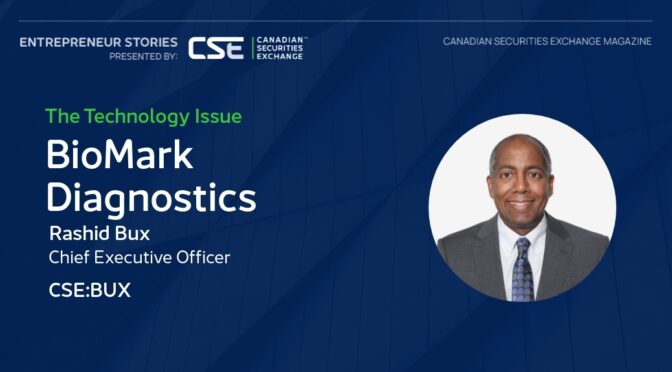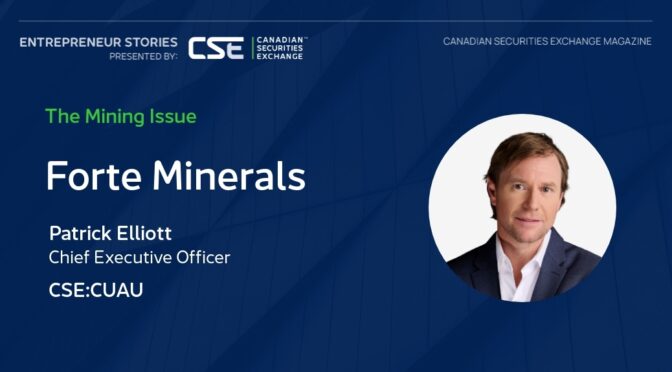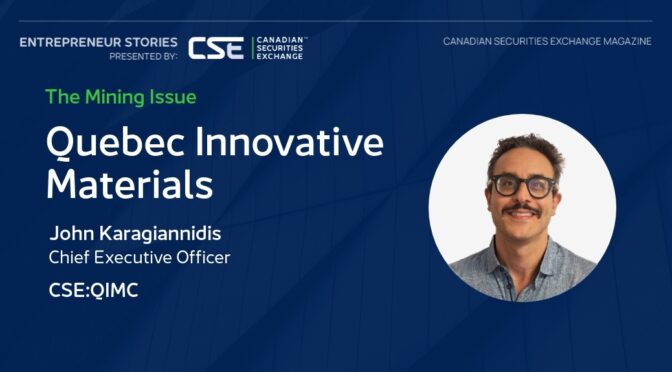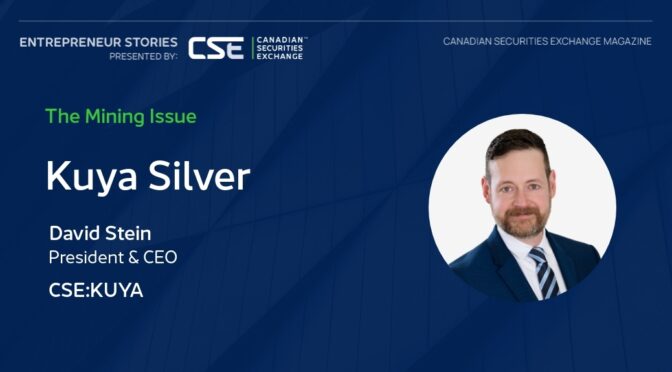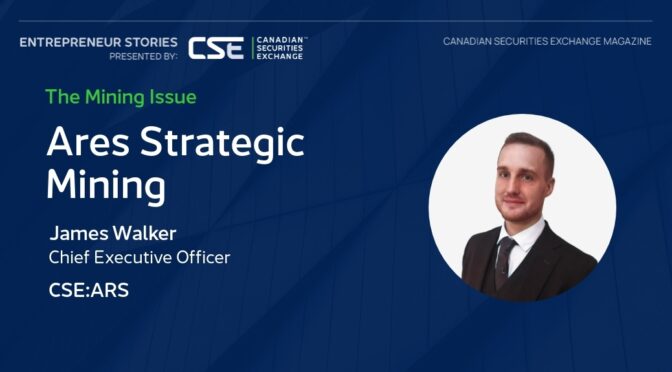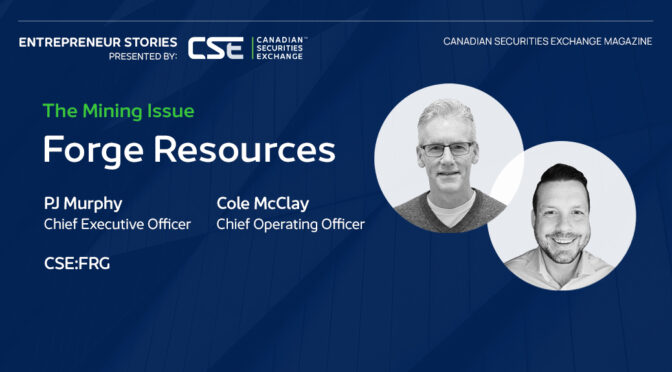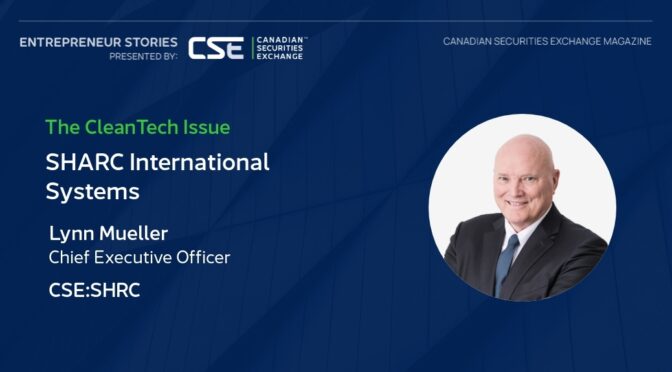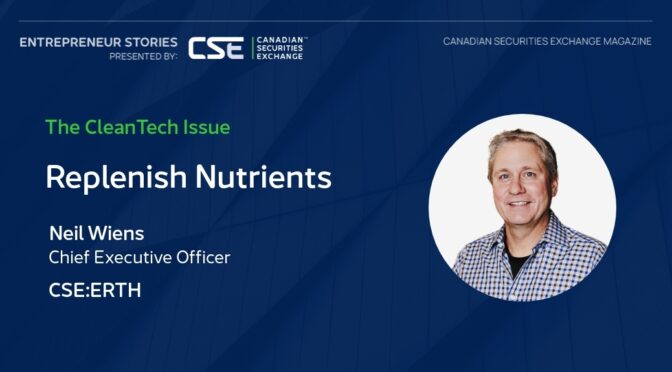Early detection is critical to improving survival rates and treatment outcomes for cancer patients, but traditional approaches such as mammograms, low-dose CT scans, and biopsies, while effective, come with challenges. High costs, accessibility, invasiveness, and the potential for false positives are some of the factors that can lead to delays in diagnosis or unnecessary treatments.
To help overcome these hurdles, BioMark Diagnostics (CSE:BUX) is exploring metabolomics leveraging AI and other complementary technologies with the potential to revolutionize early cancer detection.
Metabolomics studies the byproducts of metabolic processes in the body. Its application in cancer research means a non-invasive and highly sensitive method of early detection could be on the horizon. By identifying the distinct metabolic fingerprints left behind by cancer cells, this technology can detect the disease at much earlier stages, even before physical symptoms emerge.
As BioMark Chief Executive Officer Rashid Bux explained recently to Canadian Securities Exchange Magazine, the company’s innovative work could pave the way to a future where early cancer detection is reliable, economical, accessible, and patient-friendly.
The idea of detecting cancer early using a simple fluid test sounds like a holy grail. What set BioMark on this path?
For me, it was a deeply personal journey. My sister was diagnosed with late-stage cervical cancer, and she passed away two years later. I found a technology that was based on using a drug approved for Parkinson’s and influenza to regulate an enzyme called spermidine/spermine N-1-acetyltransferase (SSAT), which is highly expressed in certain cancers. The idea of repurposing this drug to regulate this enzyme for cancer detection was novel and had never been explored before.
When I discovered the potential of this technology, it resonated with me emotionally. I had just lost my sister, and this was an innovative solution being developed right here in Canada. I licensed the technology 14 years ago.
Over the years, we’ve adapted this technology to track tumour burden, including brain cancer. We’ve focused a lot of effort on glioblastoma (GBM), where patients typically only survive for about 15 months once diagnosed. Over the past four years, we received $1.5 million in funding from the Government of Canada’s Canadian Institutes of Health Research Program and Research Manitoba to explore tumour activity in the brain and potential therapeutic targets that can be helpful in treating GBM patients.
How did you come to focus on liquid biopsy as a tool for early cancer detection?
In 2015 to 2016, while studying lung cancer, we found that we could identify cancer signatures, both of late- and early-stage cancer, using metabolomics. We presented strong data at the Annual International Conference of the Metabolomics Society which led us to assess it for clinical applications.
Metabolomics involves studying small molecules that are byproducts of metabolic reactions. Cancer reprograms the body’s metabolic pathways, leaving behind distinct signatures that can appear early on. This approach is effective because, like an income statement for your cells, it gives us a snapshot of pathological cell functioning, allowing for early cancer detection, which is crucial for survival.
You’ve flipped the script on traditional cancer diagnostics by targeting metabolites instead of imaging. Why is metabolomics the future of cancer detection?
One key advantage is that metabolomics only requires a small sample size – around 20 milligrams of blood – making the process less invasive. Take lung cancer as an example. Current detection methods, such as mammograms for breast cancer or CT scans for lung cancer, are expensive and have limitations. The result is a cumbersome, complex diagnostic process. Our approach complements existing methods such as these.
Our goal is to offer a test with high sensitivity and accuracy that can act as a risk predictor. For instance, the test could flag individuals at high risk, directing them to undergo a CT scan. This could reduce unnecessary tests and make diagnoses more efficient for radiologists, who often see benign nodules in CT scans but can’t differentiate them from malignant ones. By identifying benign nodules with confidence, we would help avoid unnecessary biopsies.
How is your approach to metabolomics being integrated into current clinical practices? Where is it being applied, and could you share some notable success stories or key findings from your recent studies?
Currently, there hasn’t been a large-scale clinical trial in this area, but we recently completed one of the largest metabolomics trials, involving 6,000 patients. Supported by AstraZeneca, Pfizer, and Institut universitaire de cardiologie et de pneumologie de Québec (IUCPQ), this trial began in April 2022. We successfully completed the trial in two years across seven hospitals in Québec.
We’re now analyzing the data from these patients, and we’ve already received results from one group whose diagnoses have been confirmed. The second group includes about 3,000 prospective patients who will be monitored over the next one to two years. The effects of screening programs take time to show, as it involves following up with patients using CT scans and other methods.
This trial is significant because we are combining metabolomics with other technologies, including genomics (which studies genetic mutations) and polygenic risk scores (which assess cancer risk based on family history). We’re also integrating radiomics, which uses imaging data and AI. By blending these technologies, we’re creating a versatile diagnostic platform.
In addition, we’ve conducted retrospective studies from 2019 to 2021, validating a panel of biomarkers for lung cancer. These studies produced promising results and piqued AstraZeneca’s interest, leading to the expansion of our study from 260 to 900 patients. We even included patients with other lung diseases, such as Chronic Obstructive Pulmonary Disease (COPD), emphysema, chronic bronchitis, and COVID-19, because these conditions share many pathways with lung cancer. Our test was able to distinguish between lung disease and lung cancer, which we presented at the American Society for Clinical Oncology.
We’ve maintained a sensitivity of 91% to -92% in our assay for early-stage lung cancer, although specificity dropped slightly, which is expected, when including both lung diseases and cancers. Nonetheless, the data remains strong.
You’ve mentioned democratizing cancer detection and putting these tools in the hands of those who can help make early diagnoses and improve infrastructure. What does that look like in practical terms, especially regarding licensing and commercialization?
We are focusing on collaborating with key opinion leaders and patient advocates to accelerate the adoption of this technology. A crucial part of this journey is patient navigation. Early detection is only effective if patients have access to further diagnostic steps and treatment. Many communities lack access to advanced cancer detection tools, so we’re partnering with National Cancer Institute-designated centres of excellence, which have active screening programs across the U.S. There are 33 such centres of excellence.
We’re collaborating with major centres like the James Cancer Center in Columbus, which services around 90 community hospitals. By collaborating with these institutions, we can help absorb the demand for cancer detection, especially in areas lacking infrastructure.
We’re also working internationally with European key opinion leaders to raise awareness and have been in discussions with biopharma companies to see how our technology can complement their early cancer detection efforts. This is a complex process, but we’re making progress.
How far are we from seeing this technology in everyday use, particularly in the lab?
We are focused on getting our lab certified. We’ve built significant infrastructure in Québec City, collaborating with IUCPQ, which is one of the top centres for lung disease and cardiology. By August of this year, we expect our lab to be ISO 15189 certified, which would allow us to accept samples from around the world. We’re also working toward obtaining Clinical Laboratory Improvement Amendments (CLIA) certification for lab-developed tests for the U.S. market.
Our strategy for entering the U.S. market is to acquire a lab, partner with existing centres, or license our technology. However, our primary goal is to establish our own labs, as the U.S. market holds immense potential. With 16 million patients requiring annual screening and a current market penetration of just 5%, even capturing a small share of this market would generate substantial revenue.
With its scalable design, high throughput capacity, and rapid turnaround, our soon-to-be-operational lab is poised for rapid growth to meet market demand. BioMark’s versatile technology platform offers promising solutions for breast cancer, including early detection and key biomarker assessment (subtype, receptor status) vital for clinical decisions. These results have been presented at several leading breast cancer symposiums.
This story was featured in Canadian Securities Exchange Magazine.
Learn more about BioMark Diagnostics at https://www.biomarkdiagnostics.com/.

